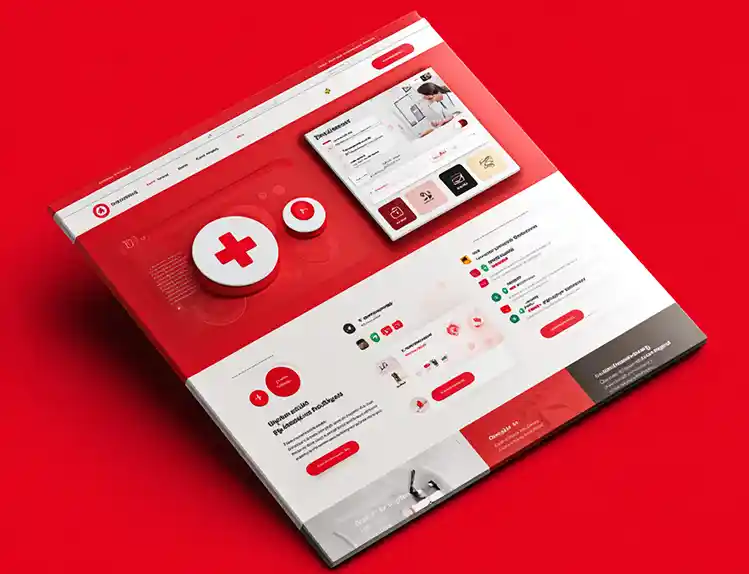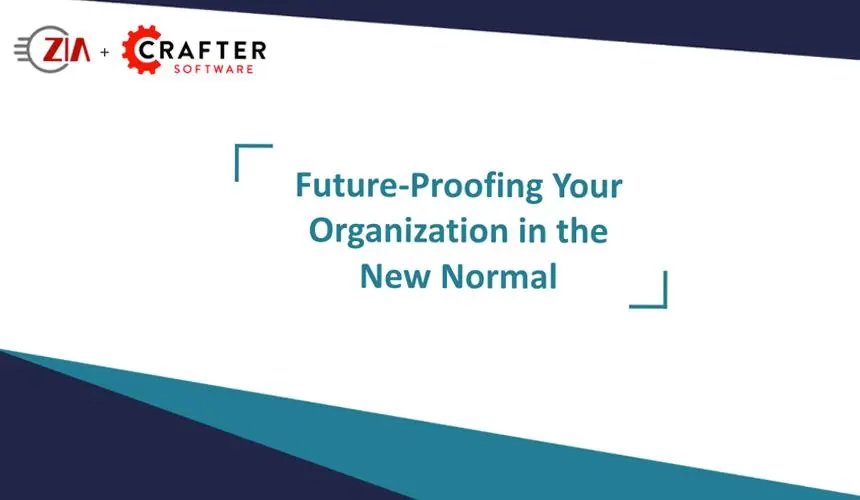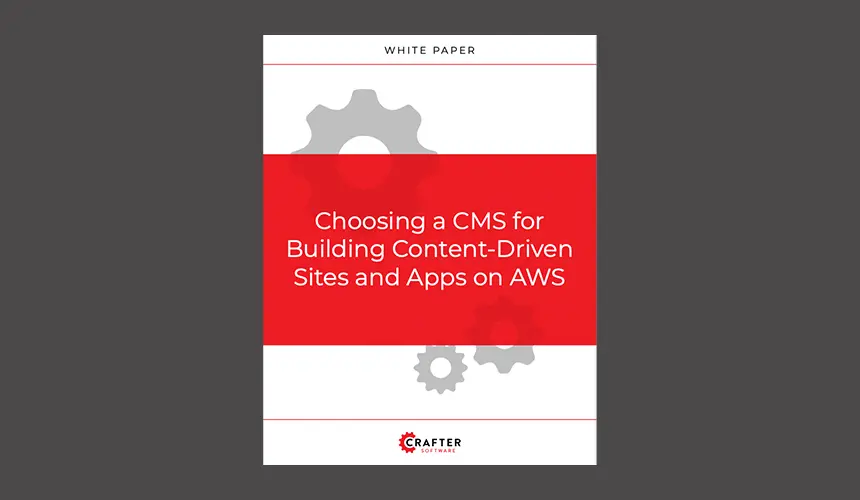What is ContentOps?

Amanda Jones

Companies today need to create large volumes of digital content. This content needs to educate, entertain and engage visitors in a way that keeps them coming back for more and eventually converts them into buyers. Content also comes in several different forms, from written content to images, video and more it can sometimes seem like the demand is never-ending.
Brands also need to be aware of the surge in content channels due to the rise in IoT connected smart devices. The global smartwatch market alone is expected to reach $96.31 billion by 2027, up from $20.64 billion in 2019, which signifies that consumers will be on the lookout for content coming to them in new innovative ways as well.
Creating content for all of these channels is a requirement for brands that want to compete, but attention needs to be given to the systems and processes that help facilitate this content.
Enter ContentOps.
ContentOps at Work
Content operations - aka ContentOps - refers to the people, processes and technologies involved in creating, managing and publishing content. It helps organizations create and maintain content daily.
ContentOps isn’t content management or content strategy, even though those things do play a part, but rather, it’s the system that makes everything content-related within an organization possible.
The defined workflows and quality assurance processes that every business needs to create content at scale successfully are part of ContentOps. It ties together the people involved in creation with the processes, systems, and tools used for content delivery.
Benefits of ContentOps
Having a ContentOps system in place can yield tremendous benefits for organizations that need to produce tons of content.
Create high-quality content
Even though it’s possible to create large amounts of content without proper systems in place, ContentOps helps you to produce high-quality content that your audience will actually enjoy.
Produce content faster
Speed is a critical component of success in today’s content-driven world. Consumers want brands to provide them with content that is informative and entertaining, and they want it quickly. For brands hoping to stand out in a sea of content, being able to respond to recent events or changes in the market quickly with relevant content can make all the difference.
Make it easier for contributors
In most organizations, creating content falls under the purview of the marketing department. However, in many cases, the subject matter experts (SMEs) who know the most about the company, industry and product are found in other departments. With ContentOps, it becomes easier for these SMEs to contribute to content efforts while minimizing time wasted and allowing them to focus on their other tasks as well.
Implementing ContentOps
Now that you know what ContentOps is, here are ways to begin creating ContentOps in your organization.
Establish a governance model
A content governance model refers to the guidelines for determining how content gets created and published within the organization. It includes your brand and style guides and is a crucial starting point for any content piece. Content governance helps your organization maintain specific standards that can be replicated across the entire company.
Create workflows
Workflows help to enforce the speed of content creation and accuracy. Establishing the steps that a piece of content needs to go through from production to delivery can make it easier for teams to hit content goals and adjust to changes quickly.
Measure content activity
In order to know how well content is doing, there needs to be established criteria for measuring production and results. Creating a system to measure how much content is being created, where it is being published, and the feedback from consumers can help brands determine where they need to improve or double-down their efforts.
Why You Need an Agile Approach to Content
Content strategy today doesn’t only focus on promotional content that talks about the brand but on continuously adapting to the needs of the customer and their preferences. Customer experience has a massive impact on performance too, as companies that provide the best customer experience outperform those that don’t by almost 80%.
To maximize the customer experience and provide customers with what they’re looking for, then many content teams choose to employ an SEO strategy. Search engine optimization not only helps to boost an organization’s profile in search rankings, but it also helps them to deliver more value for their customers with high value, well-structured content.
An effective SEO strategy can become complex when producing content for multiple devices gets added into the mix. As customers roam across across desktop, mobile and a slew of digital devices, it can be challenging for organizations to keep up content production and tie it together with a broader strategy.
This is where an agile approach like ContentOps shines the best. Problems which could derail a long term strategy can be identified far more quickly, and adjustments can be made to solve them. Teams can speed up their content delivery cycles to keep up with the requirements of an evolving content strategy and increase their flexibility and adaptability to cope with changes along the way.
So, this agile process makes sense for content, but it still doesn’t tie in developers and leaves them out of the entire process. The problem with this is that it can create a disjointed customer experience which benefits no one, especially the customer seeking out a consistent experience across multiple channels.
Another issue is that content may not be integrated where it should be, which can lead to potential personalization gaps, preventing customers from receiving the content that was explicitly tailor-made for their unique experience.
Personalization can sometimes be challenging for marketing teams to implement because there are so many different facets to it. In fact, according to McKinsey, only 15 percent of CMOs believe their company is on the right track with personalization. For companies to close these personalization gaps and get the most out of their content, then it requires more than just marketing teams.
In this current digital landscape, the help of software developers and IT operations is required as well to help get the most out of technologies like headless CMSs. Typically, software code and configuration are managed separately from content, but in today’s environment, it’s necessary to remove these silos. ContentOps, on its own, doesn’t incorporate collaboration with software development and IT operations.
What’s the solution? Enter DevContentOps®.
Improve Collaboration with Crafter’s DevContentOps Approach
CrafterCMS serves as a headless content platform that not only gives content authors the ability to create, edit and distribute content to any digital channel, but also empowers developers and operations as well.
DevContentOps adds continuous content publishing to continuous integration and continuous delivery (CI/CD), bringing the benefits of traditional DevOps to content managed apps. It also allows for the continuous movement of code forward from development environments to production/operations, and continuous movement of content back from production/operations to lower development environments.
This continuous flow of source code and content updates removes the conflict that typically emerges during the publishing, testing and/or release cycles, and amplifies the benefits of ContentOps. What’s more, DevContentOps also has the added boost of improving organizational culture thanks to the collaboration among IT operations, developers and content teams.
Want to learn more about DevContentOps? Then read our White Paper: What is DevContentOps?
Related Posts

Composable DXP vs Traditional DXP: Why Enterprises Choose CrafterCMS

Amanda Jones

TYPO3 Alternatives: Why Enterprises Choose CrafterCMS

Amanda Jones

Successful Localization Strategies with CrafterCMS

Sara Williams

What Kind of CMS Is CrafterCMS? Headless—Plus Everything You Need to Ship Faster

Amanda Jones
Related Resources
-

Introducing CrafterCMS v4.0
Webcast
-

How to Easily Migrate from Drupal to CrafterCMS
Webcast
-

The Hire Street: Powering Private Events and Catering E-Commerce with CrafterCMS
Case Study
-

Future-Proofing Your Organization in the New Normal
Webcast
-

Choosing a CMS for Building Content-Driven Sites and Apps on AWS
White Paper






